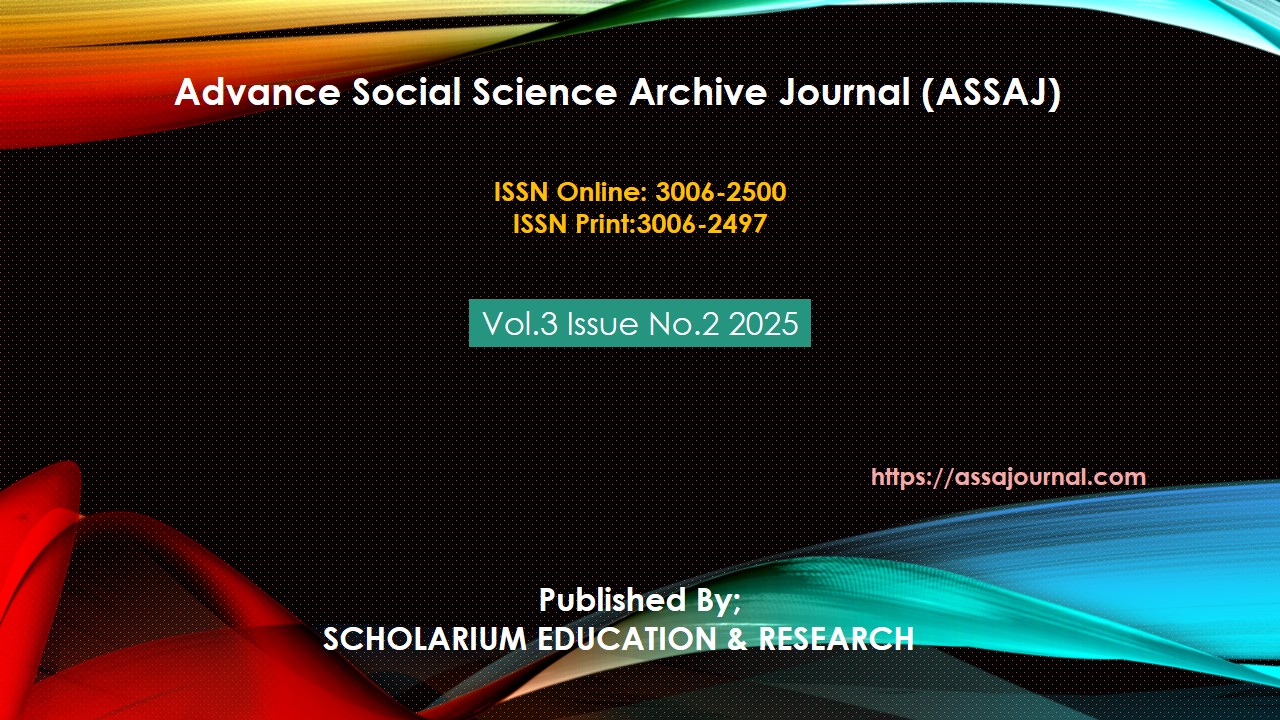Exploring Visual Resources in Covid-19 Cautionary Posters: A Semiotic Study
Abstract
The outbreak of Covid-19 compelled health-care authorities to make the public aware of the possible avoidance of the disease. Cautionary posters are used to reduce the risk of Covid-19 and stop the spread of the pandemic, making the public aware of the life-threatening disease. Covid-19 has impacted the lives of people from all walks of life. This study analyses semiotic resources used in five Pakistani and five WHO designed posters, distributing cautionary messages about Covid-19 pandemic. This is qualitative research, and the semiotic resources used in the ten cautionary posters have been analyzed using Kress and Leeuwen’s semiotic model. After analyzing the posters, it is found that various semiotic resources such as gaze, long and medium shots, colour, human and quasi-human images, foregrounding and backgrounding are used in designing these posters. These resources are used to make the public aware of this deadly disease, enabling them to adopt precautionary measures against the pandemic. The findings also reveal that local Pakistani posters are relatively simple and have limited semiotic resources as compared to the posters designed by the World Health Organization.
Keywords: Semiotic Analysis, Cautionary Posters, Covid-19 Pandemic.





